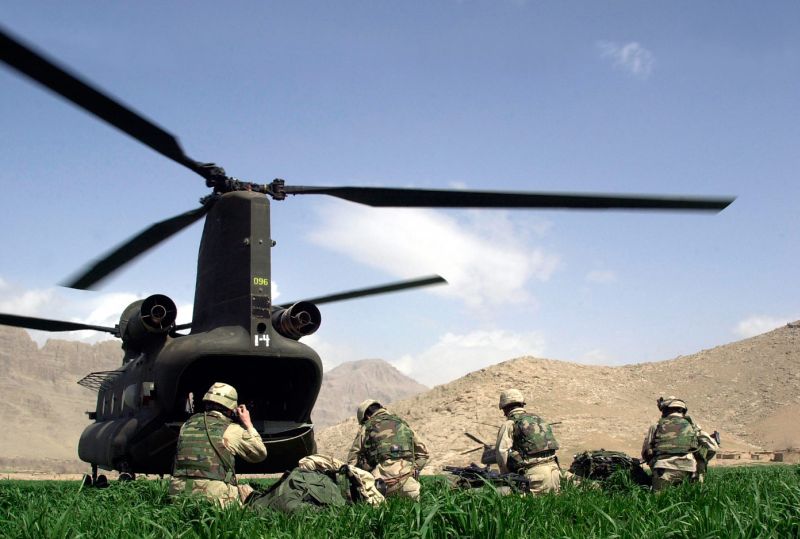Army researchers, scientists and engineers are moving forward to develop aviation technology solutions to support future Soldiers.
“Aviation is key to our ability to accomplish a wide range of missions in complex environments, as well as being a cornerstone of Army lethality,” said Maj. Gen. John F. Wharton, U.S. Army Research, Development and Engineering Command commander.
From leading efforts to realize the next generation of rotorcraft, to conceptualizing technologies that may allow aircraft to heal themselves, the Army is investing in the future.
In the March/April issue of Army Technology Magazine, Maj. Gen. Jim Richardson, commanding general of the U.S. Army Aviation and Missile Command, said aviation is counting on technology to provide better support to the warfighter.
“As the war changed over the years we had to adapt to meet the challenges of an evolving enemy,” Richardson said. “We have been able to meet these changing battlefield requirements largely thanks to technological advances in multiple facets of aviation.”
The U.S. Army is leading the Department of Defense’s revolutionary approach to aviation development with Future Vertical Lift, known as FVL, an initiative to develop the next generation of vertical lift aircraft for the Joint Warfighter Program.
“The rotorcraft community is highly collaborative. It includes DOD, NASA, DARPA, academia and industry,” said Dr. Bill Lewis, director of Aviation Development for the U.S. Army Aviation and Missile Research and Development Center at Redstone Arsenal, Alabama.
Lewis said future vertical lift aircraft will fly further, faster and perform in a wider range of environmental conditions while carrying heavier payloads.
“Aircraft may be manned or unmanned, flight operations will be automated, and the pilot will assume more of a mission commander role,” he said. “Aircraft will require far less maintenance and sustainment; near zero effort. Autonomous vehicles will perform various mission tasks and provide the commander greater flexibility for mission accomplishment.”
In 2013, the Army announced the award of technology investment agreements to industry partners to demonstrate an operationally representative mix of capabilities to investigate realistic design trades and enabling technologies. Initial designs will be refined to make preparations toward potentially building and flight testing a demonstrator aircraft in 2017.
The Army, supported by NASA and the Navy, is combining its areas of technical expertise to accomplish the aggressive scientific and engineering goals necessary to develop a new fleet of joint aircraft, said Ned Chase, deputy program director of S&T for the Joint Multi-Role Technology Demonstrator/Future Vertical Lift.
JMR TD has been established to address several of the capability gaps that cannot be satisfied by updating the current fleet.
“Let’s figure out what we want this new aircraft to do, and let’s go out and prove that we have the technologies available to meet those requirements. That’s what we’re doing with JMR TD,” said Chase, with the Army Aviation and Missile Research, Development and Engineering Center at Fort Eustis, Virginia.
Army Technology Magazine is available as an electronic download, or print publication. The magazine is an authorized, unofficial publication published under Army Regulation 360-1, for all members of the Department of Defense and the general public.











